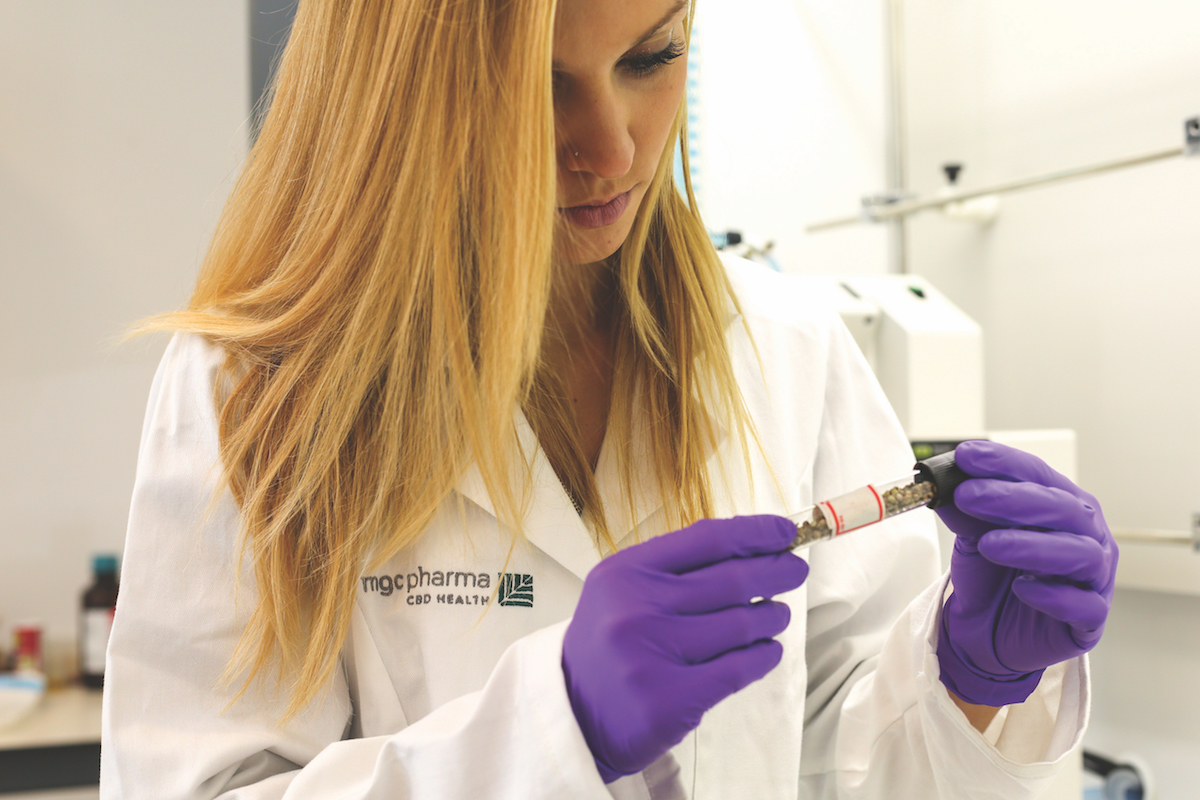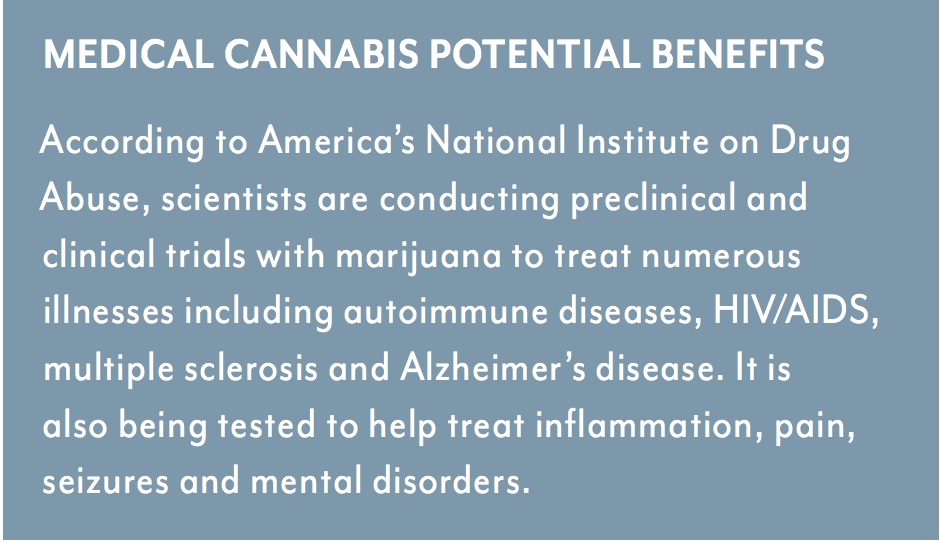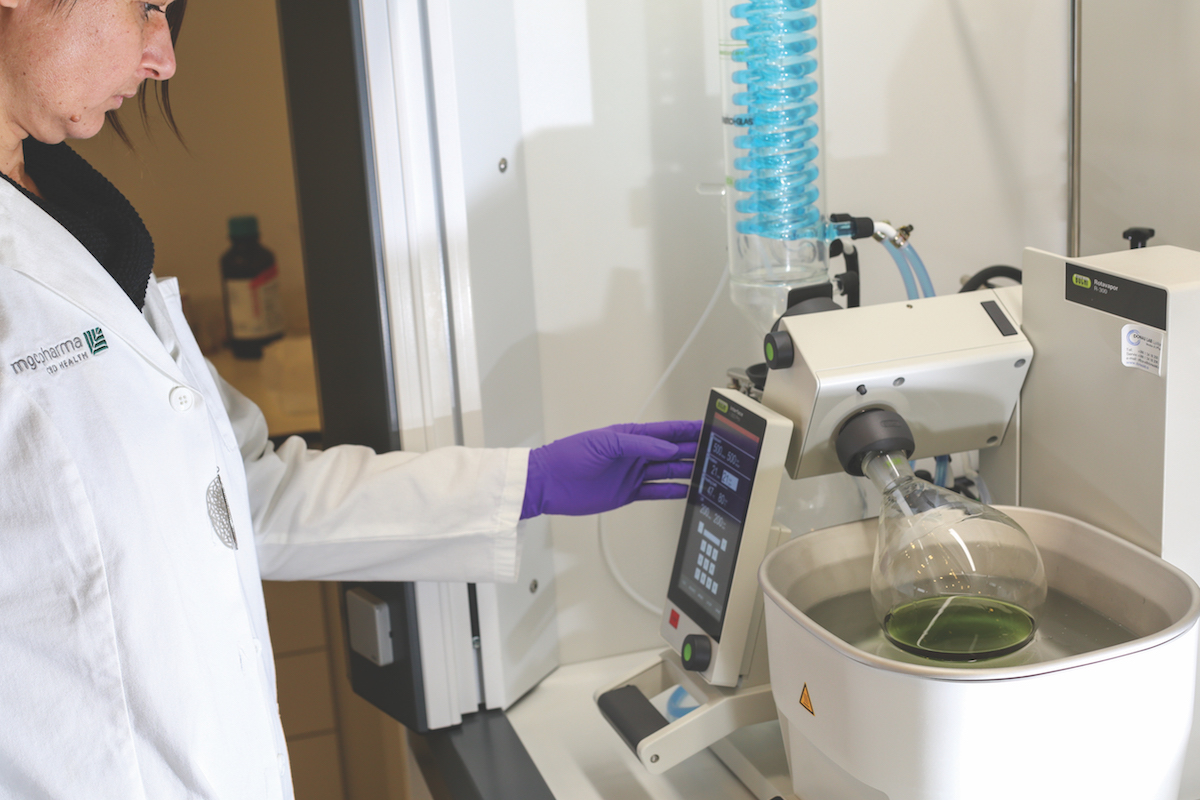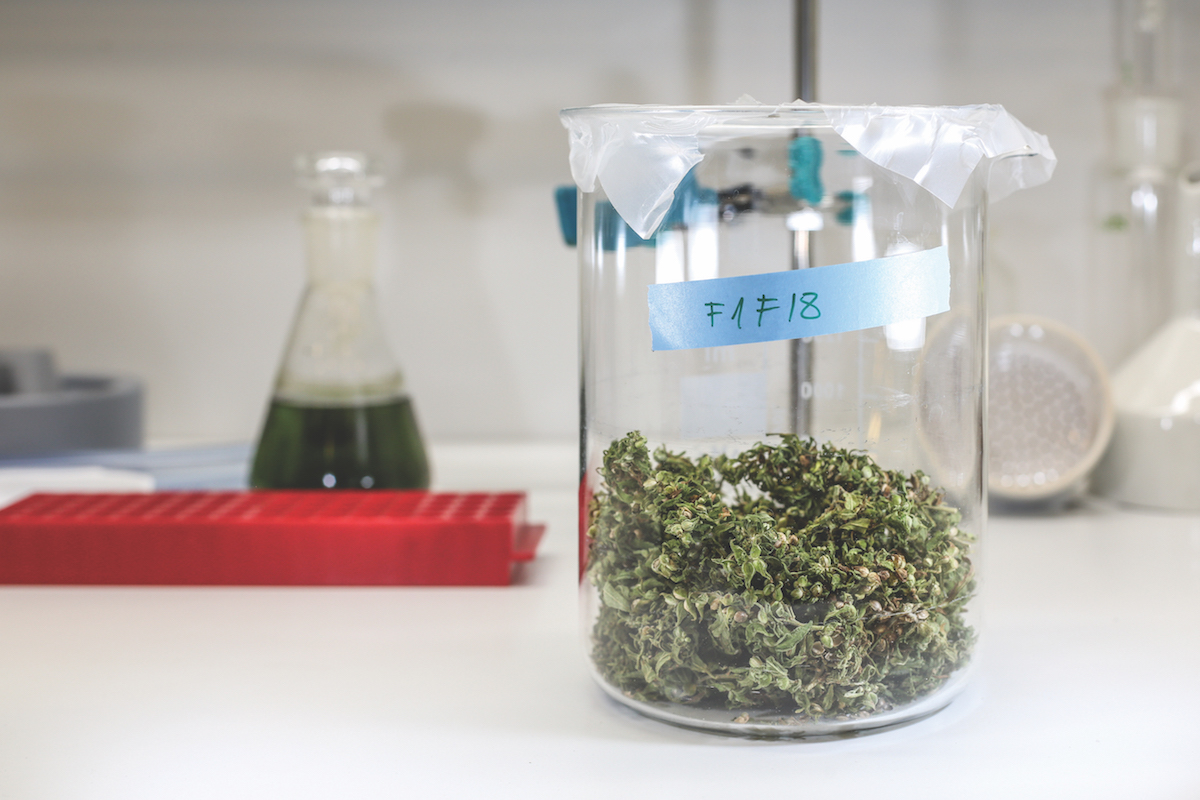It’s official: marijuana has gone mainstream. Once one of Australia’s most beloved illicit recreational drugs, cannabis now forms the basis of a $250-billion global industry that helps those suffering from serious, and even life-threatening, medical conditions like cancer, multiple sclerosis and epilepsy.
Now that its medical credentials have been established and global desire for the substance skyrockets, companies are rushing to cash in on Australian demand for the drug and kickstart a local industry. But with strict regulations still in place across Australia, and the level of medical demand for marijuana still largely unknown, it could be years before the full extent of the industry’s domestic potential is clear.
Cultivating medicinal cannabis
One man upbeat about the local market’s outlook is Nativ Segev, the managing director of Perth-based medical cannabis company MGC Pharmaceuticals. “We are pretty happy with the way things are moving in Australia, though it provides its share of challenges as well,” Segev tells The CEO Magazine.

“Two years ago I didn’t think we would be where we are now, with a federal framework in place allowing for the cultivation and manufacturing of cannabis medication. The growth of our company has been rapid, and with every passing day, we have more proof of our concept.”
ASX-listed MGC has both a traditional medical research program as well as cosmetic and dermatological arms. The company bases its products on a non-psychoactive component of cannabis, called cannabidiol, that in pre-clinical trials has demonstrated therapeutically beneficial effects.
The company, which has its roots in Israel, is one of a number of large industry players including Canada’s Tilray, as well as AusCann and Bedrocan Australia that are expected to apply for cultivation licences under federal laws passed last year allowing for the cultivation of medicinal cannabis. It is now up to each state to individually regulate how patients access it.
Legislative easing
In February, federal laws were eased further when the Turnbull government announced that approved importers would be able to purchase cannabis-based medication from overseas and store it in Australia for immediate distribution, until local production catches up with domestic needs.
The legislative easing is a big opportunity for players like MGC, Segev says.

“With the rapidly changing legislation and public opinion toward medicinal cannabis in Australia, this quickly became a very fortuitous situation and encouraged us to expedite our plans to significantly grow our presence in the Australian market,” he says. “We aim to have an Australian medical licence for our research and development efforts for the cultivation and manufacturing of medical cannabis-based medicines.”
The company’s early entry into the Australian market, combined with its involvement with academic research and strategic industry partners, has MGC hoping to deliver medical cannabis to local patients “in the not-too-distant future”, he says. Segev is especially positive about the potentially life-changing effects of MGC’s work with young epilepsy sufferers.
He says a breakthrough in this area would be enormously fulfilling, on both a corporate and a personal level. “We are truly excited about finding avenues to assist young patients with epilepsy,” he says, “as the impact of seizures at an early age has the potential to affect them for their entire lives. Additionally, we are exploring research opportunities to assist patients who are suffering from the horrible side effects of current cancer treatments.”
A potential billion-dollar industry
Segev is not the only medical marijuana hopeful bullish about the crop’s local potential. Canadian firm Tilray believes that cannabis has the potential to be a huge industry in Australia and could create a whole new cohort of skilled jobs. The company’s president, Brendan Kennedy, stands by the bold assessment.
Tilray believes that cannabis has the potential to be a huge industry in Australia and could create a whole new cohort of skilled jobs.
“We estimate that medical cannabis has the potential to become a billion-dollar industry in Australia and will generate thousands of jobs for Australians,” Kennedy tells The CEO Magazine. “Based on experience in Canada, the largest group of patients who benefit from medical cannabis tend to be people who suffer from chronic pain. But patients rely on medical cannabis for a diverse range of conditions from cancer pain to arthritis to epilepsy. In Australia, we are focused on providing high-quality, pharmaceutical-grade cannabis products to patients in need in a time frame that matters.”

Tilray currently supplies pharmaceutical-grade medical cannabis products including whole flower, oils and capsules to thousands of patients around the world for commercial, compassionate access and research purposes.It’s a major global player in the sector and operates a $26-million, 5,570-square-metre production facility in Nanaimo, British Columbia.
NSW at the forefront of reform
In March, the company scored an Australian PR coup after successfully delivering medical cannabis products to 29 critically ill children in Victoria who became the first patients in the state to access legally medical marijuana. While surging Aussie demand is good for both exporters and patients, Kennedy points to increased scientific research as another plus for locals.

In Tilray’s case, the company has partnered with the NSW Government, Sydney University and the Chris O’Brien Lifehouse to study how medical cannabis can treat chemotherapy-induced nausea. “We are currently exporting medical cannabis products to Australia for clinical research, commercial and compassionate purposes,” Kennedy says. “The trial is underway and is being conducted by a team of interdisciplinary researchers who are trialling a Tilray study drug in up to 250 patients who are experiencing symptoms of nausea and other side effects.
“Often these patients don’t respond to traditional pharmaceutical options. If our Tilray study drug shows promise, we hope it will encourage additional research into medical cannabis.” With the NSW Government currently sponsoring three clinical trials to assess the efficacy of medical marijuana, Kennedy is confident that the state stands “at the forefront of medical cannabis research and policy reform” in Australia.
Indeed, the Tilray boss says the future may even involve the establishment of a dedicated production facility in Australia, if the company’s current strategy of importing products from Canada goes to plan.
Regulatory red tape
Michael Katz, the author of the 2016 Sydney University paper Medicinal Cannabis in Australia: Science, Regulation and Industry, is not so sure. Katz concedes that recent legislative changes are a step forward for the local industry, but describes the domestic market as still “very restricted”.

He says red tape in the sector is dampening what he believes could be at least a $100-million-per-year industry nationwide. If nurtured correctly, the academic says, 51,000 square metres of greenhouse space will be needed to cultivate the amount of cannabis required to meet demand.
He believes Australia is so well positioned to ramp up production it could become a world leader in cannabis exports, rivalling big producers such as Canada. “The laws are a lot less meaningful than people had hoped,” Katz explains. “Legislation is passed and everyone thinks the industry is booming, but it’s not like that.” He points to overzealous regulation as something to be addressed as a priority.
“The single biggest restriction is that you can’t grow anything that doesn’t have a known demand; you can only grow anything where you can point to where it’s being sold and which customers will end up buying it. You can’t say, ‘Well, we’ll grow it and then on the back of that we’ll find people who want to buy it’.”
Another stumbling block: many doctors are still nervous about prescribing a substance they associate with criminality. Katz says in many instances it is doctors, not patients, who are less open to the possibilities of cannabis-derived therapies. “Doctors are a little bit more conservative in that context,” he adds.
Growing the local industry
Regarding the creation of a thriving local industry, Katz says Australia still has a long way to go to get close to places like Colorado in the US, which just crossed the US$1-billion mark for annual marijuana sales. “It’s definitely not an overnight thing. If you’re looking at the Australian industry as a revenue play, it’s a longer game.”

A first step to growing the local industry, he states, is for doctors to sit down with government and industry to build a collaborative framework. “There are some people putting forward ideas around a formal peak body that wants to bring a number of different stakeholders together. I think that’s a really important move. I think anyone who’s interested in the medical marijuana industry would be well advised to join that and see where it leads.”
MGC’s Segev agrees, saying he’s in favour of an industry body that represents the sector and works to “getting treatments into the hands of patients”. “We believe this kind of involvement ensures that we are building a responsible industry with a clear message of how medical cannabis can impact public health and wellbeing,” Segev says. “Everything about this market excites us and makes us want to work harder and make these advancements more rapidly. “At the end of the day, it’s all about the patient, and in our case, that can be a win–win, because those patients may very well be our shareholders as well.”







